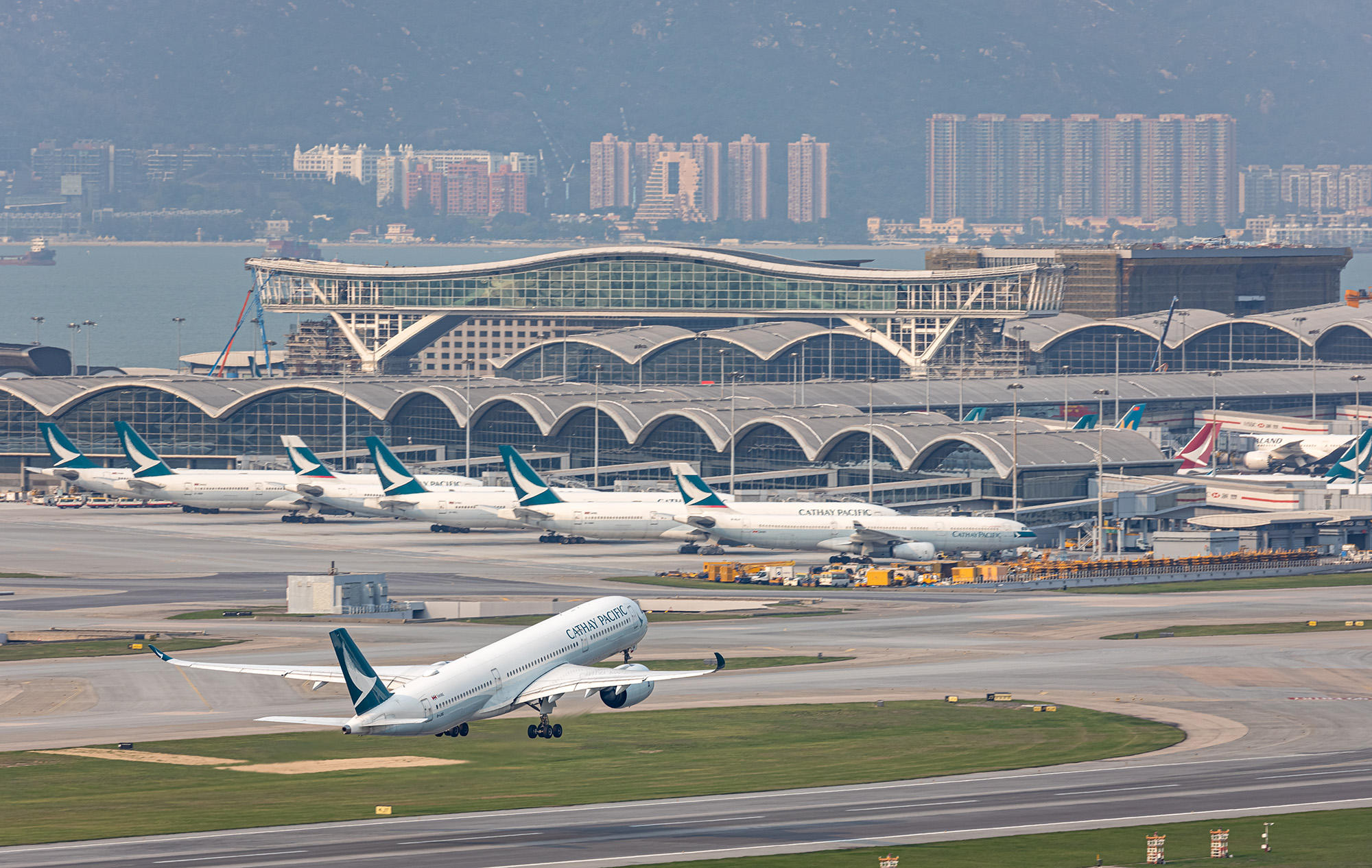What are the main destination markets for Hongkong Post?
First of all, Hongkong Post has large volumes of mail going to China. E-commerce is also really important to us; the US, Japan, Australia and Europe – especially the UK and France – are the major destinations for this kind of delivery. We also have another business called Special Lane Service, which works with e-commerce platforms such as Taobao. Right now, we are concentrating on countries like Brazil and Russia, where e-commerce demands are much bigger than that of regular airmail.

How many air carriers do you work with?
We work with more than 30 airlines as our mail goes to more than 200 destinations in the world.
What is the annual volume of airmail handled by Hongkong Post through Hong Kong International Airport?
Partly due to COVID-19, the volume dropped quite substantially for the financial year of 2019/20 to around 7,600 tonnes, which is less than half of that of the previous year. We saw a big drop between February and April in the available airline capacity, so only less than 10 per cent of our volume could go out – a drop of more than 90 per cent. We also suspended our Bulk Airmail business, which was for lower value e-commerce at cheaper postage, because it became unsustainable.

Which markets have been most affected by COVID-19?
Most of the countries we serve have faced the same problem; we don’t have sufficient air allotment to uplift the mail at the moment. For example, we only have around 10 per cent of our allotment for the UK, so we can’t resume fully our airmail service there. Therefore, we have stopped accepting airmail for a number of destinations. Once you stop accepting mail, there is nothing for you to uplift, and that’s why our figures have dropped by almost 90 per cent.
What are the alternatives?
We can still use surface routes for markets around Asia but it takes a very long time, of course. But during the pandemic, even surface mail could be faster than airmail because we might have to wait for several weeks for the uplift. We rely on the airlines for airmail, especially passenger flights, because we need that reliability since freighter flights are less frequent. We have tried to procure additional allotments in cargo space but in vain – cargo’s high demand meant that they were already fully occupied. However, we have been able to reopen airmail to Australia because Cathay Pacific Cargo can accept airmail in the passenger cabin.

Why choose Cathay Pacific?
Cathay Pacific, the largest Hong Kong-based airline with a comprehensive network, is our true partner. They serve our purpose of transferring mail to more than 200 destinations really well. Right now, more than half of our mail goes with Cathay Pacific. They’re our largest provider and we have had a good relationship with them throughout the years.
We are also working with the airline on an e-commerce project that will improve our cargo tracking.
The ‘Mail as Cargo’ project will help us identify where exactly each of our mail bags is, which enables us to track individual items. Cathay now provides a Postal Air Waybill (PAWB) number for every CARDIT (Carrier/Documents International Transport advice, this is the post office’s expectation for the consignment of mail assigned to the airline). We can simply click on the PAWB number in our system and link up to the Cathay Pacific Cargo website to find all the shipment tracking details. That’s very helpful to us. We are now trying to convince other post offices to use it, but one of the difficult tasks is to get other airlines to adopt a similar tracking system.









